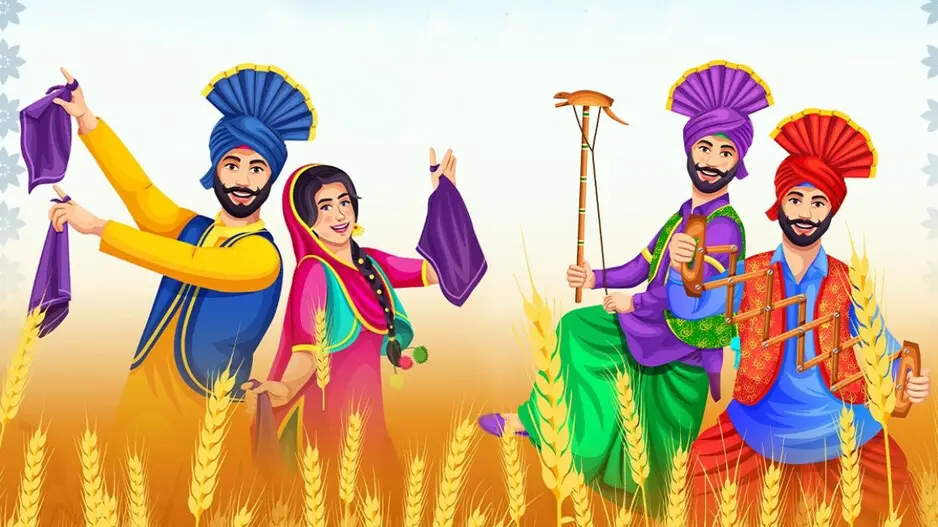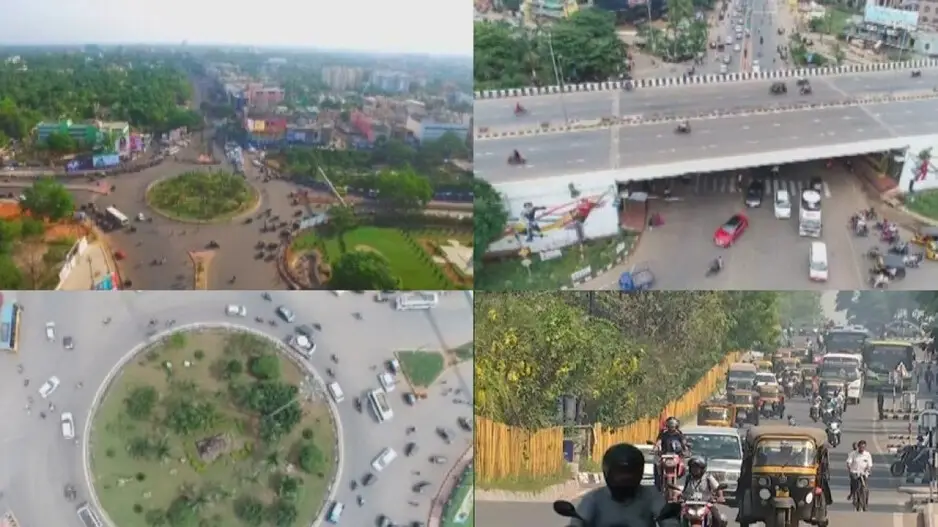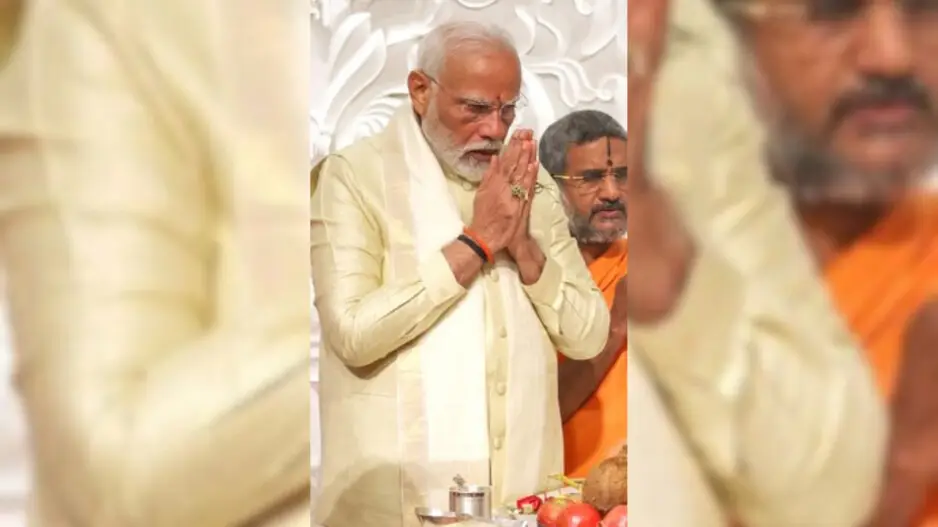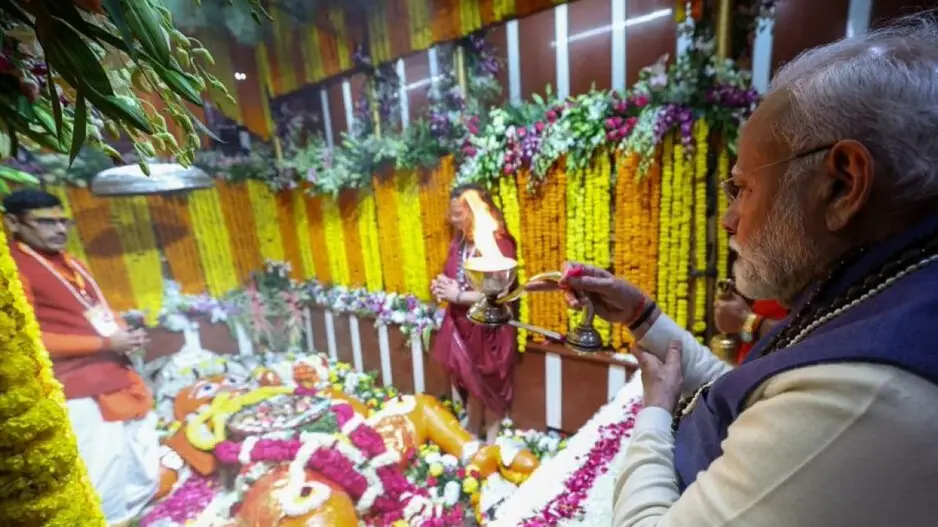/odishatv/media/post_attachments/uploadimage/library/16_9/16_9_0/Pana-Sankranti-tulsi-Holy-Basil_1627464972.jpg)
Pana Sankranti: Celebrating Odia New Year with tradition and modernity in Odisha
It is a moment of pride for the people of Odisha as Odias across the state celebrate the traditional Odia New Year with religious fervour. The day is celebrated as Pana Sankranti and marks the beginning of Odia New Year. Held usually on the 13th or 14th of April, this occasion is also referred to as Maha Vishuba Sankranti or Mesha Sankranti.
Pana Sankranti: Odyssey’s Celebration of New Beginnings
Pana Sankranti, a vibrant festival heralds the beginning of the Odia month, Baisakha. Observed around mid-April, this festival synchronises with the solar ingress into Mesha Rashi (Aries), lending it astrological prominence.
Cultural Significance and Traditions
The word 'Pana' refers to a traditional concoction made from jaggery, water, and fruits, symbolising the advent of summer and underscoring the necessity of hydration during hotter months.
The roots of Pana Sankranti are steeped in history, with references found in ancient texts and scriptures. According to lore, the day marks Lord Vishnu’s rescue of Earth from the demon Hiranyaksha by taking his Varaha avatar. Devotees engage in various rituals and prayers, seeking fortune and peace for the forthcoming year.
Spirit of Sharing and Tradition:
Pana Sankranti, marking the Odia New Year, sees Odisha come alive with a vibrant mix of cultural and religious observances.
Special Drink: Central to the festivities is 'Pana,' a traditional drink crafted from water, jaggery, fruits, and sometimes milk or yoghurt. This concoction is offered to deities and shared with relatives and neighbours, embodying the values of life and communal harmony.
Devotional Gatherings and Rituals: On this auspicious day, large gatherings form in temples, particularly those devoted to Lord Jagannath and Lord Shiva. Devotees engage in special pujas and rituals, seeking blessings and expressing gratitude. In various parts of the state, rituals near sacred trees and water bodies pay homage to nature.
Dance and Charity: 'Danda Nacha,' a traditional dance performed by groups of men known as 'Danduas,' showcases a blend of worship and physical endurance. This includes acrobatic movements, reflecting a deep cultural heritage. Acts of charity are widespread, with food, clothing, and other essentials distributed to those in need, enhancing the community's spirit and inviting divine favour.
Coastal Observances: In the coastal areas, 'Boita Bandana' rituals take place. Participants float small ships, crafted from banana tree bark or cork, on water bodies, a nod to Odisha’s rich maritime legacy.
Bridging Tradition with Modernity in Odisha
Central to Pana Sankranti is the community feasting, which is more than just sharing a meal—it's about fostering unity and building neighbourly bonds among participants. Families and friends come together to enjoy special delicacies prepared specifically for the festival.
In today's digital landscape, social media and online platforms have significantly enhanced connectivity, allowing Odia communities throughout India and beyond to engage with the festival. This digital integration has broadened cultural engagement, enabling people to celebrate and share their heritage regardless of their location.
/odishatv/media/agency_attachments/2025/07/18/2025-07-18t114635091z-640x480-otv-eng-sukant-rout-1-2025-07-18-17-16-35.png)





/odishatv/media/media_files/2025/09/22/advertise-with-us-2025-09-22-12-54-26.jpeg)